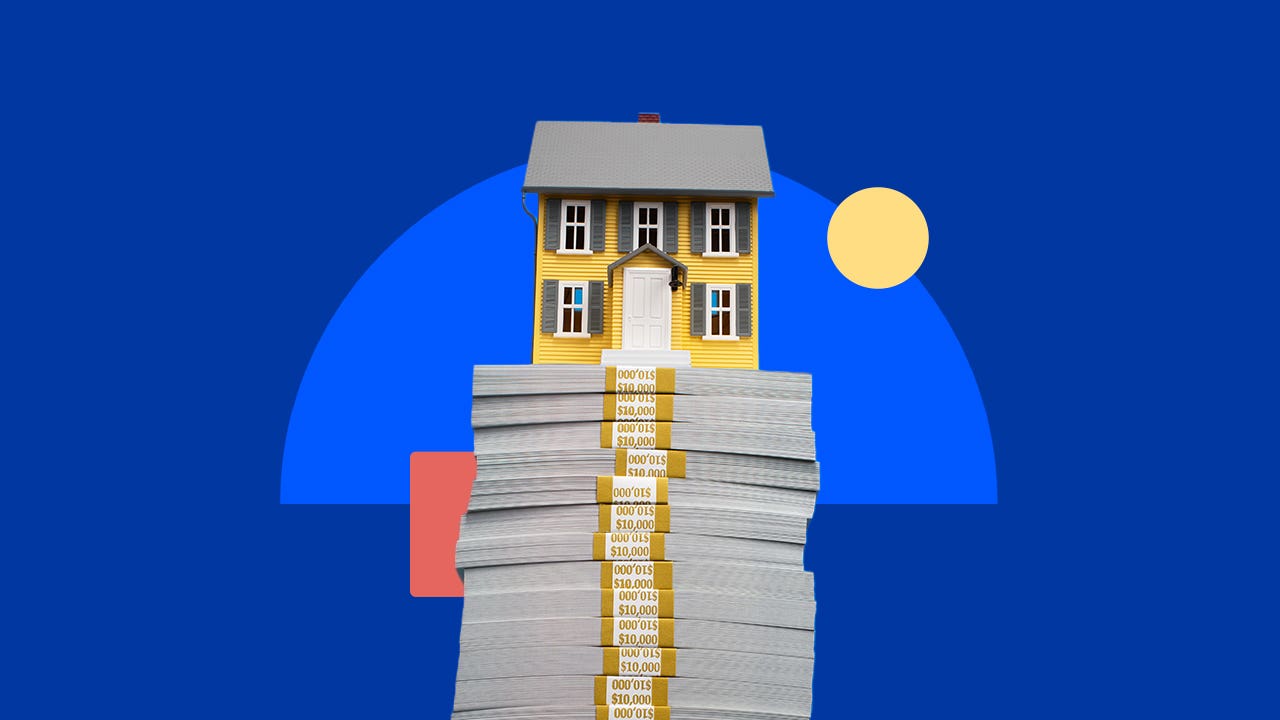Mortgage rates dip amid market volatility

Current mortgage rates
| Loan type | Current | 4 weeks ago | One year ago | 52-week average | 52-week low |
|---|---|---|---|---|---|
| 30-year | 6.81% | 6.67% | 7.39% | 6.85% | 6.20% |
| 15-year | 5.91% | 5.89% | 6.70% | 6.10% | 5.40% |
| 30-year jumbo | 6.77% | 6.78% | 7.33% | 6.90% | 6.36% |
The 30-year fixed mortgages in this week’s survey had an average total of 0.35 discount and origination points. Discount points are a way to lower your mortgage rate, while origination points are fees lenders charge to create, review and process your loan.
Monthly mortgage payment at today’s rates
The national median family income for 2024 was $97,800, according to the U.S. Department of Housing and Urban Development, and the median price of an existing home sold in March 2025 was $403,700, according to the National Association of Realtors. Based on a 20 percent down payment and a 6.81 percent mortgage rate, the monthly payment of $2,108 amounts to 26 percent of the typical family’s monthly income.
What will happen to mortgage rates in 2025?
Mortgage rates didn’t respond to the Federal Reserve’s three consecutive cuts last year — a reminder that fixed mortgage rates are not set directly by the Fed but by investor appetite, particularly for 10-year Treasury bonds. When there’s uncertainty in the market, investors buy Treasury bonds, which in turn drives yields — and, often, mortgage rates — downward.
President Donald Trump’s tariff policies spurred a spasm of market swings that included 10-year Treasury yields briefly dropping below 4 percent. As of Wednesday, they stood at 4.2 percent.
“The housing market is facing a repeated challenge from a recent jump in mortgage rates, which are likely to remain volatile and elevated, particularly considering the Federal Reserve’s independence being called into question,” says Selma Hepp, chief economist at Cotality, a real estate data firm.
Another factor is inflation, which remains persistently higher than the Fed’s target of 2 percent. The Labor Department reported that inflation had edged down to 2.4 percent in March, a move that relieves some of the pressure on mortgage rates.
Even with the volatility in markets, housing economists say mortgage rates are likely to move gradually rather than dramatically. “Homebuyers and homeowners exploring refinancing should stay closely connected to market movements and consult with mortgage professionals to make informed decisions in a rapidly shifting rate environment,” says Samir Dedhia, CEO of One Real Mortgage.






